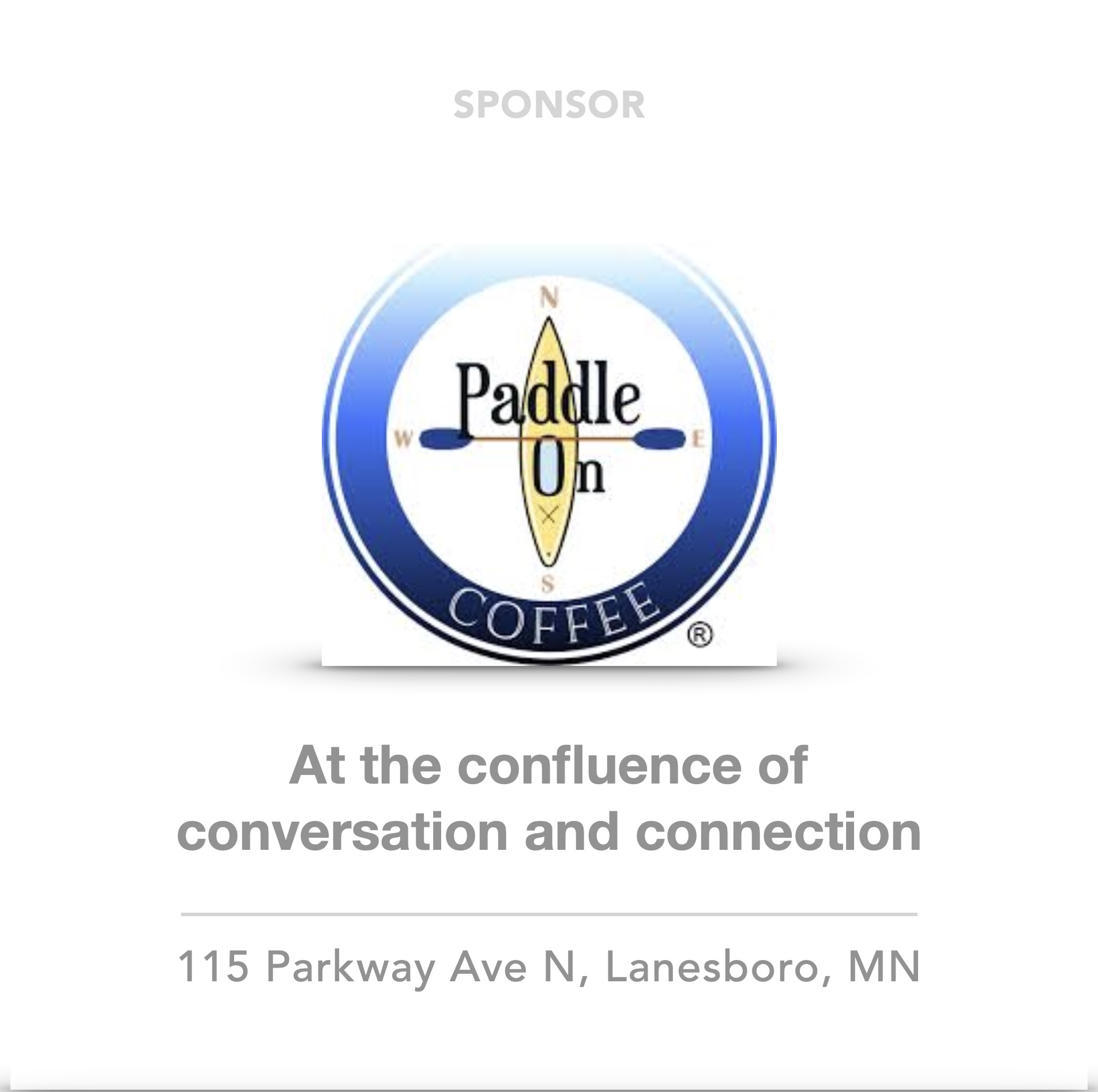
EITZEN — In the former bulk tank room of an old dairy barn in southern Houston County, north of Eitzen, Minn., Eric Ingvalson works many hours a day, most weeks of the year, to help anglers in 49 states (missing only Hawaii) catch fish with a plastic bait infused with the essence of a much-sought, sometimes-feared, baitfish.
For the past several years, he has made Liquid Willowcat bait in myriad shapes, sizes and colors, mailing them throughout the country to anglers who are forsaking live bait.
“Scented plastics are that happy medium between live bait and just an artificial bait,” Ingvalson said.

Finished artificial baits in a rainbow of colors that will hopefully attract wary fish. (Photo by John Weiss)
The young entrepreneur (he’s 37) enjoys (usually) what he does because he came up with the idea and has big plans to grow bigger in what he calls The Bait Cave. It’s a success story with a slightly unhappy twist – he seldom has time to fish.
Live willow cats are also known as tadpole madtoms and are a native catfish that is a favorite bait for walleye fishing, he said.
“On the Mississippi, the live willow cats win the tournament all the time.” But the small fish have a few drawbacks – they are hard to find at times and have a nasty stinger.
From local waters to national demand: how childhood fishing sparked a business
Ingvalson got involved with the fish when he was growing up in the area, he said. Like a lot of youths, he hunted many species of game and fished for even more. For a while, he was a dairy farmer on the farm his dad owns and where he now has his business.
“I got out of dairy farming and decided to do something else seven years ago,” he said.
That something else was to get a commercial bait license and continue a business he bought from Mike Smith of Rochester, Minn. Smith was great at finding all kinds of live bait, including willow cats. He showed Ingvalson his bait-finding hotspots that were as far north as Brainerd in central Minnesota and sold him his gear.
The problem was Ingvalson wasn’t able to find as many willow cats as Smith. “It seems to be a boom and bust sort of population,” he said. “You stock up when you can, there might be some dry spells.”
That’s when he got his big idea. How about finding a way to stock up easily by just turning willow cats into an infusion, a scent? He called around, talked to people.

Eric Ingvalson stands behind his work bench in his Bait Cave in rural Eitzen. (Photo by John Weiss)
“I picked their brains and started messing around making willow cats into a scent. Selling them live is a short season but if I can catch a bunch and freeze them and then turn into a scent, I can sell throughout the season.” He sells both the infusion and the plastics with the scent.
He hit on the idea at the right time because “the fishing scents were getting real popular about seven years ago,” he said. “They were really catching on.”
Liquid Willowcat was born.
The unseen work behind the smell that sells
Ingvalson still traps some but also has others with commercial bait licenses catch them, freeze them, put them on dry ice and ship them to him.
He has an old blender that he uses to grind 3,000 to 4,000 willow cats each year. He adds an emulsifier and preservative, using it by adding the scent to bags of plastics.
The other part of Ingvalson’s business is making thousands upon thousands of plastic baits. He said he and his wife, Julia, who is a dog groomer, and a friend also help him now and then.
How many hours depends on the season.
“Springtime, like March, April and May, it’s basically three months solid, it’s like 7 days a week.” He’ll work 10 days, take a half day off and get back to work. “In spring, it’s so busy it’s crazy, I can’t keep up,” Ingvalson said.

Plastic baits after being poured into a mold. (Photo by John Weiss)
A one-barn factory with nationwide reach
June and early July are his times to get everybody restocked, then there’s a bit of slack until fall when walleye begin moving upriver toward Mississippi River dams, he said, and there’s a call for his baits. Once waters get a few inches of decent ice, there’s another push. “And then we are right back into open water.”
Designs for his baits come in part from his own fishing, when he was able to do it, but mostly now, it’s pro anglers and guides who help him. They give “way, way better feedback than me just fishing. Everyone has their own way of fishing, their own style.”
His biggest seller is a leech pattern that looks much like another bait walleye anglers love to use, but is plastic and smells like willow cats.

Just a few of the liquid colors Eric Ingvalson works with to create his plastic baits. (Photo by John Weiss)
When he comes to work, he heats up Plastisol and adds some other things and maybe some scrap plastic from past molds.
He also adds any of dozens of colors, sometimes two colors at once. Colors alone are a mystery with fish, he said. In heavily-pressured waters, “I think the fish get used to a popular color, I think they develop an aversion to certain colors.”
Just how he does it is partly proprietary. He has special molds and injects the heated plastic into them. When they cool, he opens the mold, pulls off the excess and another batch of plastic bait is done.
He adds the scent, bags them, weighs and gets them ready for shipping from Caledonia to any of the 49 states.
What’s next for Liquid Willowcat?
Ingvalson is an entrepreneur – and they tend to be looking forward to another big thing. He fits that mold too, looking for machines that will fill more molds faster, with more kinds of baits, all based on that willow cat scent.
“Yes, I’ve kicked around a lot of ideas,” he said. “It definitely has a creative outlet aspect to it.” He’s looking at a new system where “you can shoot (out) a whole lot of baits real quick.”

Liquid Willowcat “juice” can also be applied to any artificial bait. Fisherman Pete Fryer recently tried it out while fishing in the backwaters of the Mississippi River. (Photo by Julie Fryer)
But he will stay in that old barn. “I like it out here,” Ingvalson said.
“I’ve done this for seven years and there is no reason to quit now. It’s gratifying when people call and say ‘I caught the biggest walleye of a lifetime on your baits’ or ‘I won this tournament using your bait’. It’s gratifying.”
Dreams of bigger and faster machines are in the future, to be sure. “For now, it’s a good gig,” he said.
And then, whenever that day might be, “maybe I can fish a lot more.”
Liquid Willowcat products come in a range of sizes and applications and can be ordered from the Liquid Willowcat website or found at dozens of Midwestern stores and frequently at local fish and game shows Eric attends.






